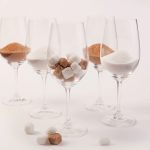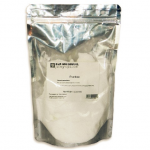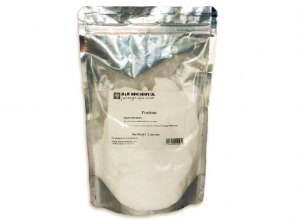My wine is sweet and I don’t want it to be
I made a sweet wine… but that wasn’t my intention!
When a wine that was supposed to be dry ends up sweet by accident, you may find yourself wondering a few things:
A) Why did this happen?
B) Where did I go wrong?
C) What can I do now?
First, let’s get back to basics.
For a wine to have residual sugar (RS) remaining, it must have not completely finished alcoholic fermentation. The only exception to this is if you backsweetened it purposely after it finished fermenting.
Potential root causes
My wine stopped fermenting before I wanted it to
Sometimes a fermentation will not complete despite your best efforts. Check your process – did you do all of the following?
- Start between 22-26 Brix. If it was above or below these numbers, did you make any adjustments?
- Added SO2 pre- chosen yeast add to kill off unwanted wild yeast
- Added a specified yeast strain and followed proper rehydration procedure
- Maintained temperatures so they did not drop too low or get too high
- Added correct amount of yeast nutrient at correct points in time
I accidentally chapitalized more than I meant to
This is a bit trickier to maneuver. Whether you added too much sugar pre-fermentation (to increase eventual alcohol level) or post-fermentation (to backsweeten), you may be stuck with more sugar than your chosen yeast is capable of converting. You could try to restart the fermentation after it initially slows down, but this could potentially increase the ABV way too much depending on how much you added.
You can try to follow a fermentation restart protocol. Or, you can decide to SO2 and add potassium sorbate to the wine and keep it sweet, or you could do bench trials adding acid and possibly tannin to see if you can create a newfound balance within the now sweet wine. *Important note: do not add potassium sorbate to the wine if it has gone through MLF*
I didn’t pitch yeast, I just let it spontaneously ferment
Without choosing a designated yeast that you can be certain will ferment your juice or must to dryness, you risk the possibility of wild yeast starting to ferment but not being able to finish, leading to a stuck fermentation.
I don’t want it to remain sweet. What can I do now?
- If you’re open to doing so, follow a stuck fermentation protocol to restart the ferment. See our blog post for a detailed protocol.
- Blend out the sweet wine with dry wine(s).
- Add acid to strike a balance within the wine – it may still technically be sweet, but by adding acid and/or tannin you may be able to create an enjoyable wine that doesn’t seem as cloyingly sweet as it may without additional acid or tannin.











Recent Comments